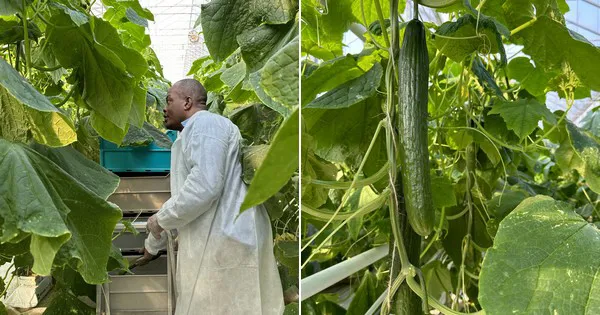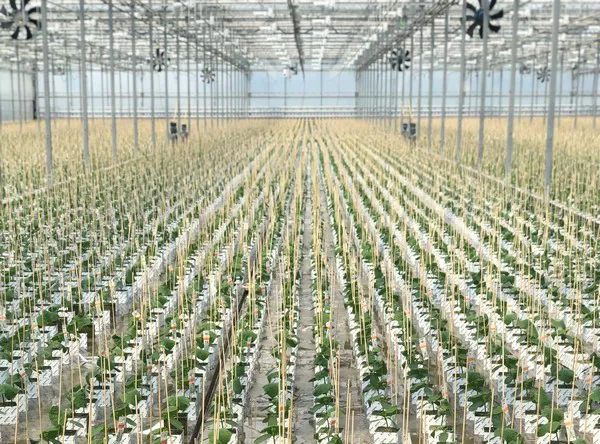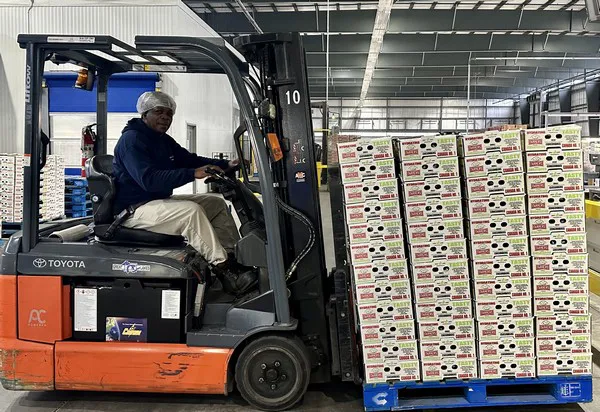It's quite a different situation for Long English cucumbers this year. "Last year was a tough year for the cucumber crop. Not in terms of quality, but we just had a flooded market," says Jeff Richardson of Great Lakes Greenhouses Inc. The reason? The brown rugose fruit virus which affects tomatoes. Some growers who'd traditionally worked in tomatoes had been affected by brown rugose and pivoted to cucumbers, a commodity they could shift to much quicker than peppers or other tomatoes.

"Everybody got into cucumbers, and the yields were up so much, it was just flooded. It was a challenging year for cucumber growers," says Richardson.
This season, however, seed companies have worked on developing brown rugose-resistant seeds, which encouraged tomato growers to come back to the commodity, and that has, in turn, eased supplies for Long English cucumbers.
In terms of production, along with Canadian production, there are also supplies coming out of Mexico. "They've had some turbulent weather though it's been uncharacteristically cool, so their yields have been lower," says Richardson. "Altogether, it's been a good start to the year, and it helped after last year when we had a market that was so depressed but costs that were up so much."

Increasing cucumber demand
At the same time, demand for this type of cucumber continues to grow, especially as some markets in the U.S. are only used to slicer/field cucumbers. "The largest growth we're experiencing is on our mini cucumbers. They're snackable, and price points are in line, even with the economic pressures everyone is experiencing," says Richardson. "That's a commodity we've been watching, and demand from our partners has intensified."
What's also helping fuel that growth is the company's history. "We're getting more and more questions about being family owned and operated. People love that, and it's nice to feel that and see that consumers are identifying with that," he says.

All of this has led to pricing that's higher than in years past. However, Richardson says it needs to be, particularly with all of the increased production costs. "It's also not up by a few percentage points and is now north of 20 percent. As growers, you can only absorb so much of that. We're not trying to pass it on, but there won't have a choice, or we won't be in business," he says. He does note that while corrugate and freight prices are coming off, they're still at historical highs.
 For more information:
For more information:
Jeff Richardson
Great Lakes Greenhouses Inc.
Tel.: +1 (519) 326-7589
[email protected]
https://greatlakesg.com/
